-
Industries & Applications
-
Products
-
Support
- Request a Demo
-
What's New
- Company
- Contact
- +1-774-399-0461
OSB Production Temperature Measurement

Did you know that Oriented Strand Boards (OSB) is replacing plywood as the material of choice for sheathing and flooring in most new homes built in North America? OSB is a material with good mechanical properties and low cost. It is also a more renewable product than plywood because it can be made from small, fast growing trees.
Temperature control is critical in the manufacturing of consistent, high-quality OSB. Temperature and its distribution influences the bonding of the wood strands. If temperature levels are too low, the resin will not bind sufficiently to the wood and delamination will occur. Over drying of the wood strands requires using more resin and wastes fuel, increasing costs, as well as adding the risk of flash fires.
OSB Manufacturing Process
Debarking & Stranding
Most OSB manufacturers use logs averaging 8 to 12” in diameter at breast height (DBH). Incoming logs are slashed, soaked and debarked, prior to being cut into strands ranging from 3.5 to 6” in length and 1” width. The green strands are then stored in wet bins waiting to be dried.
Drying, Screening & Blending
Since the moisture content of the wet strands ranges from 40 to 75%, they are dried to 5 to 10% moisture in a rotating single-pass or triple-pass dryer with an inlet temperature as high as 1250 degrees F. The dried strands are then screened and blended with a binder and wax, before entering the former where the strands are laid out as a continuous mat.
Forming Line & Pressing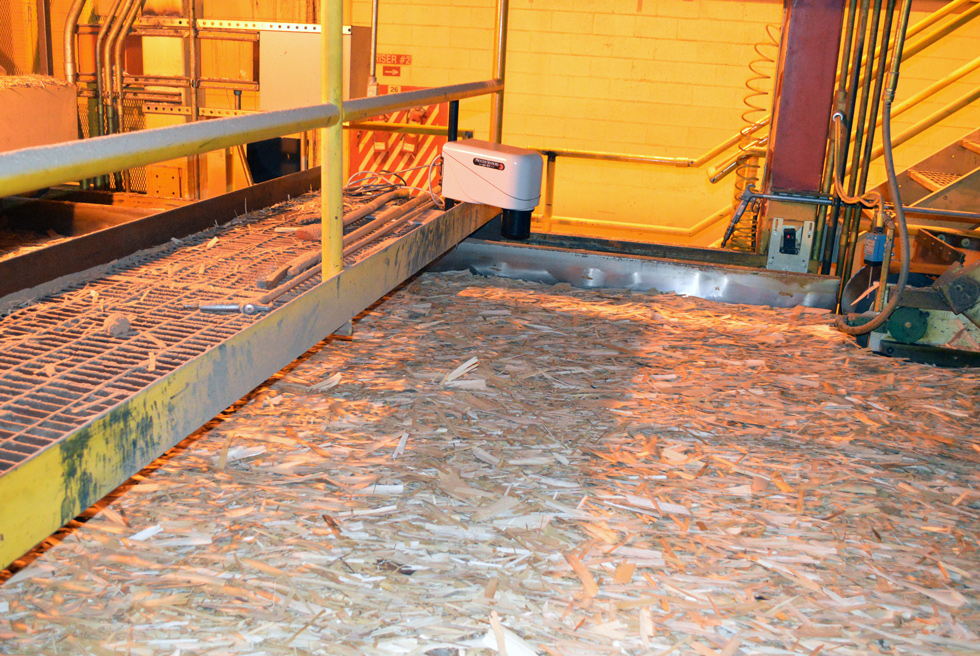
Dried strands are classified into two sizes using various sizes of screen. Large strands are used for the bottom and top face layers of the OSB panel while the smaller strands are used for the core layer. Face and core layers are oriented opposite to each other and sequentially laid onto a conveyor belt as a mat. The overall mat thickness depends on the desired thickness and density of the finished panel. The mats are converted to panels under high pressure and temperatures within a press.
Finishing Line
Pressed panels are removed from the press line and conditioned on a rotating cooler prior to cutting them to final dimensions.
Quality Parameters and Measuring Points
Moisture, resin and wax measurements can be done simultaneously, at multiple locations within the OSB manufacturing process, using Process Sensors Corporation (PSC) sensors.
Moisture of the green wood chips can be measured to calculate dryer load and to control the feedrate of the dryer. Without feedrate control the dryer can be easily overload.
After the dryer, moisture measurement can be done on the weigh belt before the blender. The measurements at this location are often used as an indicator of moisture level rather than an absolute moisture measurement, the aim being to narrow the final strand moisture content through tighter dryer control.

Installation Locations
A PSC IR sensor is typically mounted up to 15 feet of the product and is either looking directly at the strands or through a quartz/sapphire window. The sensor’s analog outputs are normally connected to a process control system allowing the end user to monitor the process and log historical data.
Value and Quality
Measuring temperature at multiple locations with pyrometers and thermal imaging cameras from Process Sensors Corporation allows temperature and process speed to be adjusted automatically, ensuring that high quality, consistent panels are produced as efficiently as possible.
To learn more about how we can optimize your OSB production, please fill out the contact form below.
Featured Solutions
-
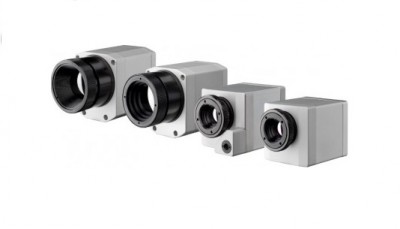
PSC Surveyor Series Thermal Imaging Cameras
The Process Sensors Surveyor camera series offers a comprehensive range of imaging and line scanning camera systems to continuously monitor and control industrial processes. Measures temperatures starting from -20 to 1800°C
-
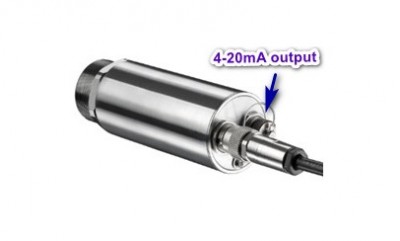
PSC-Ti80LT
The PSC-Ti80LT is an industrial imager with 80x 80 pixels. Its autonomous operation (without continuous use of PC) with automatic hot spot finder and direct analog output make it ideal for a multitude of manufacturing process applications. The IR thermal imaging camera system can measure temperature ranges within -20°C to 900°C (- 4°F to 1652°F) and can be switched from thermal imaging mode to line scanning mode.
-
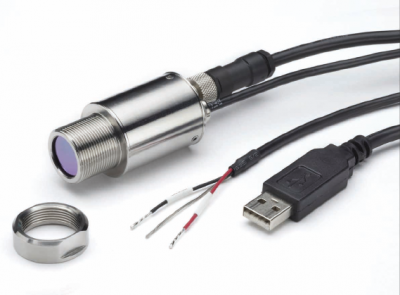
PSC-IR-USB Series
PSC-IR-USB series are loop-powered two-wire sensors with fixed focus optics, 4-20mA output and USB to PC cable connection. Using the PSC Congfig software and supplied USB cable, operational settings can be adjusted from the PC. Temperature ranges from -40°C to 2000°C with a response time of 200ms. Offered in two different models, one is designed for low-reflection, dull surface materials, and the other built for high reflection surfaces.
-
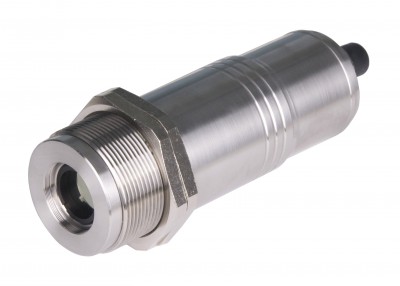
PSC-G42N and PSC-S42N Series
The PSC-42 Series of simple, 1-color, 2-wire loop powered sensors offer on-board emissivity adjustment, multiple wavelength options and wide temperature ranges. Ideal for industrial and OEM machine building applications with temperature ranges from -40°C to 2500°C. When used with our rugged stainless steel cooling jacket, the series can endure ambient temperatures up to 250°C.
-
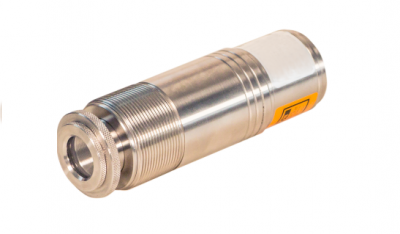
PSC-40 Series
The PSC-40 Series is a two-wired, loop-powered IR sensor with variable focus or fixed focus optics offering accurate temperature ranges from -40 to 2500°C. Also available with fiber optics. An optional programming cable with software allow for the adjustment of pyrometer parameters. The simplicity of the wiring and integration make it ideal for industrial applications including induction heating, steel making, glass, kilns, food, dryers, ovens, furnaces, medical apparatus and R&D.
-
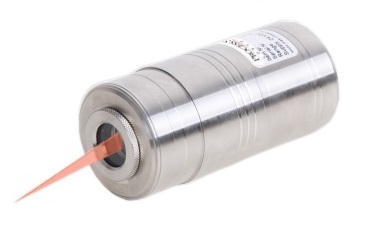
PSC-52LT Pyrometer
The PSC-52LT offers high resolution laser-sighted, fixed focus optics with small spot sizes. Optical and electronics parts are enclosed in a rugged stainless steel housing for use in harsh environments. Ideal for low temperature general purpose applications with dull surface materials. Temperature range from 0 to 1000°C
-
PSC-CS Laser Series
Self-contained, two-wire and loop-powered digital IR thermometer packed with powerful features and functionality. Dual lasers for aiming. Temperature ranges from -30°C to 1600°C with a variety of wavelengths. Provides a fast response time of 10ms.